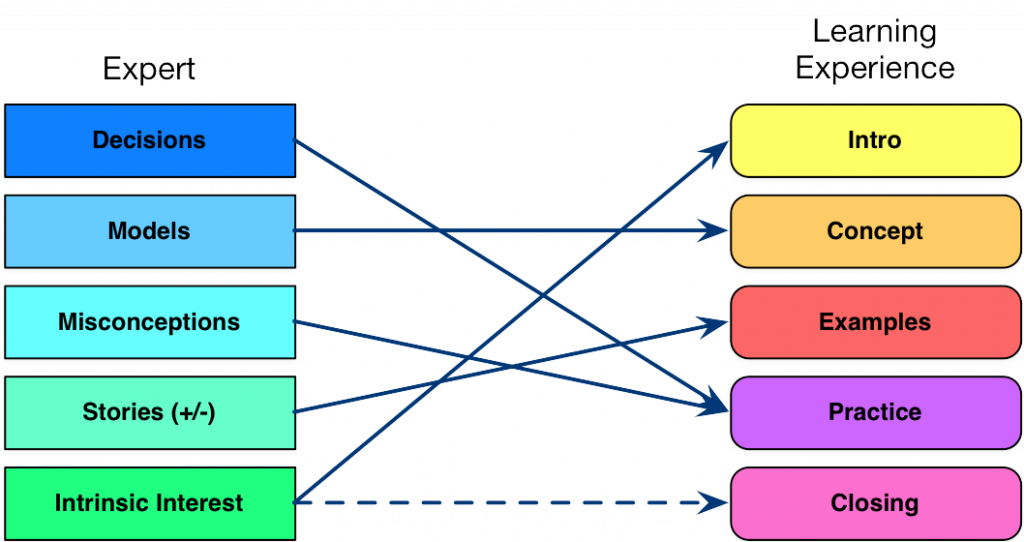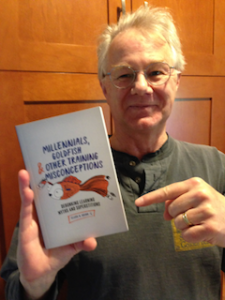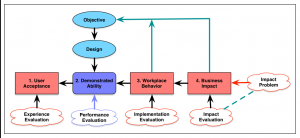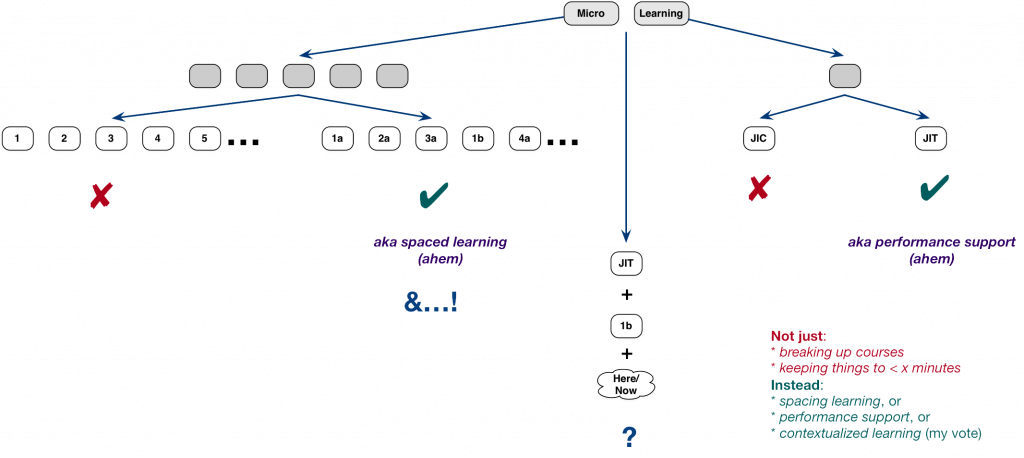I’ve been touting my recent book on debunking learning myths. Not because it’ll make me independently wealthy (if only!), but because it’s a continuation of my campaign for more learning science in our profession. We need this change! And I wonder if something that happened is a sign of progress.
At the ATD International Conference, as my publishers, they naturally had the book in the bookstore. They told me they’d slightly over-ordered, but lo and behold, it sold out. What’s more, they ordered more, and they sold out too!
Now, there’re lots of things to unpack here. First, it’s a great design. While I did the writing and the ideas for the comics, they chose the cover and title (both over my idea, and they were right ;) and the size, paper, cover material, etc. In short, they did the design. And people have commented on the cover graphic and the tactile feel of the book.
And they priced it right, too. It’s under $20. Which makes it an easy purchase. (Several different folks brought multiple; I signed six for one person!)
What’s more, it wasn’t even my idea! The ‘power behind the throne’ (as I call him) asked for me to address this topic. Sure, I’ve railed about the myths, but I wouldn’t have thought of actually writing a book to address it.
But, honestly, those are additional factors. I don’t want it to do well for any of those reasons. I’m hoping, seriously hoping, that the success is because finally there’s a growing awareness that our profession needs to become more, er, professional.
There’re a lot of little moves that are signaling more effort to lift our game. I and others have taken steps. Of course, I am available to do more. For instance, I have a learning design process audit I offer that’s reasonably priced and will identify wastes and opportunities for the smallest change in your approach for the maximum impact. But however you do it, please do extinguish the myths and practice the known. Please!





